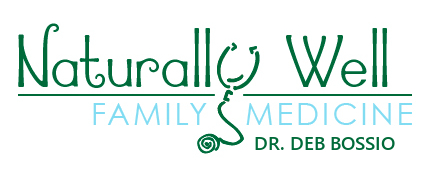Tonifying the Colon with Triphala
/Constipation and improper elimination seem to be at an all-time high in many societies today. As a result, people looking for natural solutions may turn to ongoing magnesium supplementation; foods known to move the bowels, such as prunes; and herbs, such as cascara and senna. There are some potential harmful effects of using cascara and senna on an ongoing basis, as they do not address the cause of constipation. Considered "natural laxatives," they can create dependence and disrupt peristalsis (the natural contractions of the bowel).
Instead, an herbal formula that can be very helpful to relieve constipation and restore normal bowel function over time is Triphala. This is a formula made of three herbs: Amalaki (Emblica officinalis), Bibhitaki (Terminalia bellirica), and Haritaki (Terminalia chebula). High in vitamin C, linoleic oil, and other nutrients, Triphala offers nutritional benefits, as well as blood and liver cleansing actions. It contains some anthraquinones that help to stimulate bile flow and peristalsis. Scientific research and clinical reports demonstrate Triphala to be an effective blood purifier that stimulates bile secretion as it detoxifies the liver, helps digestion and assimilation, and significantly reduces serum cholesterol and lipid levels throughout the body. As a result, it is regarded as a kind of universal panacea and is one of the most commonly prescribed herbal formulas in India.
As always, addressing the root cause of improper elimination is first and foremost. So, before starting on any substance or formula, discuss the best strategy for you with Dr. Bossio.
Resources
- Gowda, D.V., G. Muguli, P.R. Rangesh, and R.D. Deshpande. "Phytochemical and Pharmacological Actions of Triphala: Ayurvedic Formulation - A Review." International Journal of Pharmaceutical Sciences Review & Research 15, no. 2 (July/August 2012).
- Mukherjee, P.K., et al. "Clinical Study of Triphala - A Well Known Phytomedicine from India." Iranian Journal of Pharmacology & Therapeutics 5, no. 1 (January 2006).
- Svoboda, R. Prakriti: Your Ayurvedic Constitution. Lotus Press: 1998.
- Tierra, M. "The Wonders of Triphala: Ayurvedic Formula for Internal Purification." Accessed February 17, 2015.
Image Attribution: ChamilleWhite/bigstock.com















